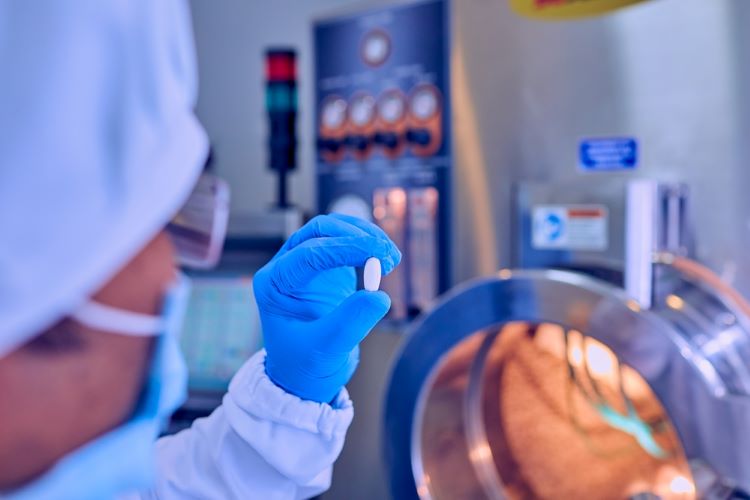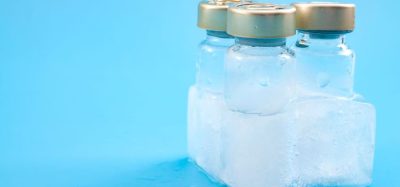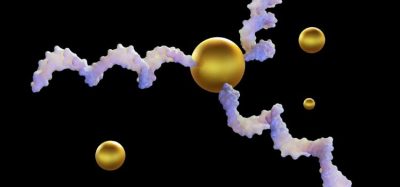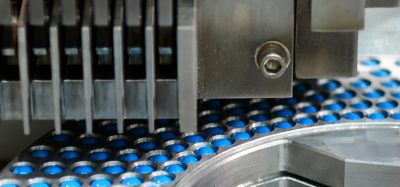EMA revises guidance on nitrosamine impurities
Posted: 24 July 2023 | Catherine Eckford (European Pharmaceutical Review) | No comments yet
The European Medicines Agency (EMA) has updated its guidance on nitrosamine impurities in human medicinal products, amending Q&A 10 and adding three appendices.


Following the European Pharmacopoeia (Ph. Eur.)’s revision of two major general monographs: Substances for pharmaceutical use (2034) and Pharmaceutical preparations (2619), revised in January 2023, the European Pharmacopoeia Commission (EPC) reviewed its current approaches, considering both current texts on N-nitrosamines, including general monographs 2034 and 2619. These texts are included in a corresponding statement in Supplement 11.3, which was recently published.
In the EPC’s 176th session on 20 and 21 June 2023, members decided to review the original strategy for N-nitrosamine control in individual monographs on active substances as well as medicinal products.
What the EPC recommended:
Deleting the Production section covering N-nitrosamine impurities from individual monographs on active substances. The EPC also suggested not including these statements in future new monographs. The reasoning was that the general requirement for N-nitrosamines in the revised general monograph 2034 applies to all ingredients applicable to the text. Particularly, this would “prevent unnecessary repetition, ensure inter-monograph consistency and also prevent the absence of such a statement in a monograph being misinterpreted as an absence of risk”
To improve clarity, the EPC also suggested that clear rules are needed to define when to add a specification for N-nitrosamine impurities in the Tests section of an active substance monograph. In the meeting, it was suggested this should apply “only when the N-nitrosamine is a process-related impurity, ie, generated during synthesis of the substance, or a degradation impurity arising from its storage”.
Additionally, it was suggested that the “test and limit would be included in an individual monograph if the impurity has been detected in several sources of the substance and once a limit approved by competent authorities or recommended by the Non-clinical Working Party (NcWP) becomes available”.
Updated guidance on nitrosamine impurities
On 7 July 2023, the European Medicines Agency (EMA) updated its guidance on nitrosamine impurities.
The regulatory body has amended Q&A 10 to include the Carcinogenic Potency Categorization Approach (CPCA) and the enhanced Ames test (EAT) for establishing acceptable intakes (AIs) for N-nitrosamines.
The assessment report of the Committee for Medicinal Products for Human Use (CHMP)’s Article 5(3) of Regulation (EC) No 726/2004 opinion on nitrosamine impurities in human medicinal products offers guidance and recommendations on mitigation and prevention of nitrosamine-contaminated human medicinal products.
Reflecting on five years of quality control for nitrosamine impurities
What else is included in the EMA’s revised guidance on nitrosamine impurities?
Included in the revision is the addition of Appendix 1. It lists the nitrosamines for which AI have been established by the Non-clinical Working Party (NcWP), including new AIs for N-nitrosamines determined using the CPCA.
Also added was Annex 2, which describes the CPCA for N-nitrosamines.
The guidance on nitrosamine impurities also has addition to Annex 3. It describes the Enhanced Ames Test Conditions for N-nitrosamines.
EMA highlighted that the enhanced Ames assay test conditions are informed by work conducted by groups such as the US Food and Drug Administration (FDA)’s National Center for Toxicological Research (NCTR) and have been evaluated for a variety of N-nitrosamines including NDSRIs.
Evaluation of Ames assay test conditions for N-nitrosamines is ongoing, with a goal to identify the most robust Ames testing conditions, EMA reported in the revision document. Deviations from the recommended conditions should be justified.
Limiting nitrosamines in human medicines
All MAHs/Applicants of human medicinal products must work with their active pharmaceutical ingredient (API) and finished product (FP) manufacturers to ensure presence of nitrosamine impurities is mitigated and controlled, according to EMA. This effort should be implemented as much as possible at or below a limit defined based on ICH M7(R1) principles for substances of the “cohort of concern” reflected in the EMA’s updated guideline. It should be calculated considering a lifetime daily exposure and kept as low as possible and that appropriate risk mitigating measures are taken, EMA stated.
Analysis reports nitrosamine prevalence in small molecule drugs
Interested parties should share comments on the proposed strategy via the EDQM HelpDesk by the end of September 2023. The EPC will make a final decision on its strategy for N-nitrosamine impurities in individual monographs at its session in November 2023.
The original news piece was published on 10 July 2023, with additional details added on 24 July 2023.









